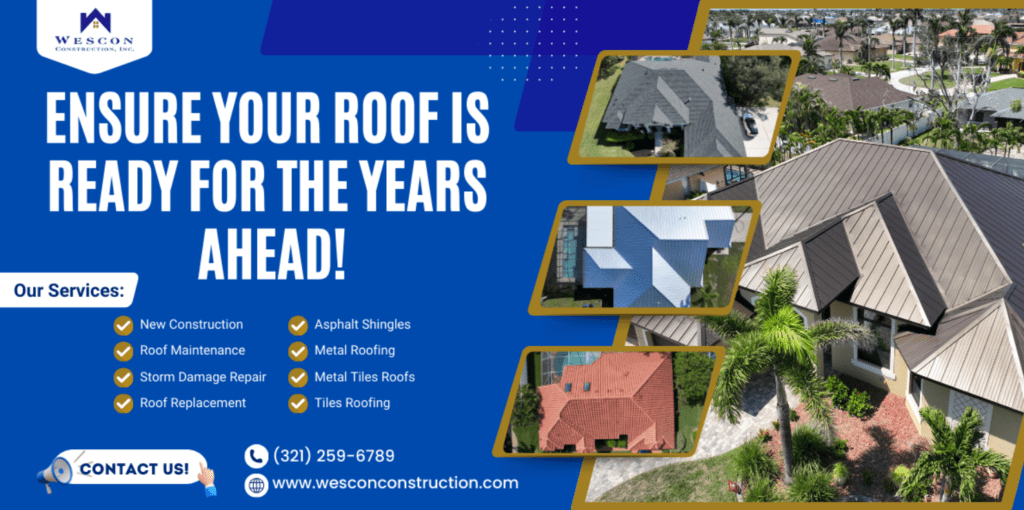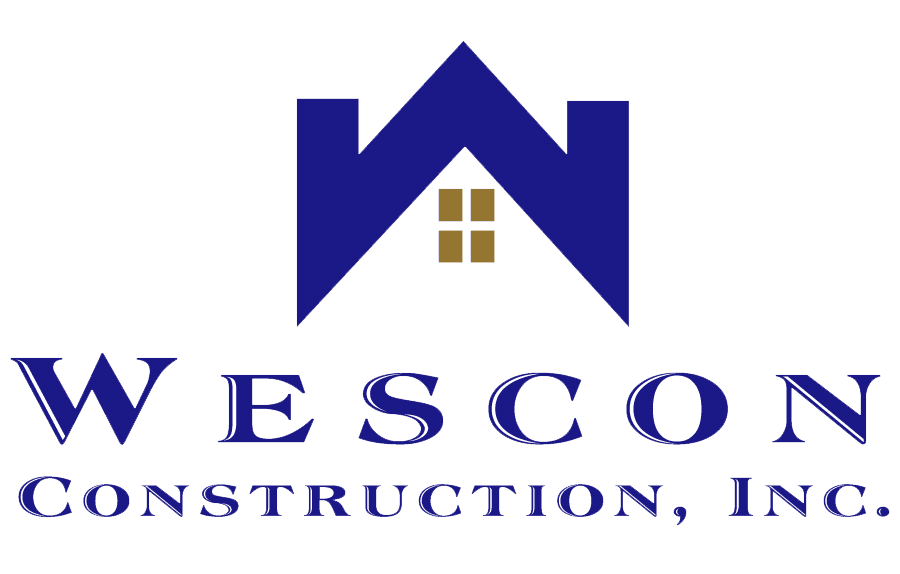Metal Roofing Near Salt Water- What You Should Know!
Living near the ocean has its perks, like stunning views and fresh air. But if you have a metal roof, the salty air can cause problems. Salt can make metal rust, which means your roof might not last as long. This article will help you understand how saltwater affects metal roofs and what you can do to protect your home.
Key Takeaways
- Saltwater can cause metal roofs to rust and corrode, especially if you live close to the ocean.
- Different metals react differently to saltwater; aluminum and copper are more resistant, while others may need extra protection.
- Using the right paint and coatings, like PVDF, can help protect your metal roof from the harsh coastal environment.
- Although metal roofing materials can be expensive, they are a long-term investment that can save you money on repairs and replacements.
- Regular maintenance, including inspections and cleaning, is crucial to keep your metal roof in good shape near the ocean.
Understanding the Impact of Salt Water on Metal Roofing
Residing close to the ocean offers many advantages, but it also presents difficulties, particularly for metal roofs. Salt is extremely corrosive to metals, and with time, salt particles can lead to rust and corrosion in metal roofs, compromising their strength and durability. Here’s what you need to know about the impact of salt water on metal roofing.
Corrosion and Rust Formation
Salt air causes rapid corrosion when it comes in contact with the wrong type of metal. This can lead to rusting, which compromises the roof’s functionality and lifespan. If a roof starts to rust, it will not function properly and will need to be replaced.
Effects on Different Types of Metals
Different metals react differently to salt exposure. For instance, aluminum is a great choice for coastal areas because it doesn’t rust. On the other hand, metals like steel can corrode quickly if not properly treated. So, if you live on or near saltwater, choosing the right metal is crucial.
Preventive Measures
To protect your metal roof from salt-induced damage, consider the following preventive measures:
- Use corrosion-resistant metals like aluminum or copper.
- Apply protective coatings to add an extra layer of defense.
- Regularly inspect and maintain your roof to catch any early signs of corrosion.
By taking these steps, you can extend the life of your metal roof and keep it looking great for years to come.
Best Metal Roofing Materials for Coastal Areas
When choosing metal roofing for coastal areas, it’s essential to select materials that can withstand the harsh marine environment. Here are some of the best options:
Aluminum: Lightweight and Durable
Aluminum is a top choice for coastal roofing because it doesn’t rust. The sea salt spray has minimal effect on aluminum, making it a durable option. Despite being lightweight, aluminum is strong and can handle high winds. It’s a great balance of strength and weight.
Copper: Long-lasting and Aesthetic
Copper is known for its longevity and beauty. Over time, it develops a green patina that acts as a protective layer. While it’s the most expensive option, copper can last for centuries, making it a worthwhile investment if you can afford the upfront cost.
Stainless Steel: Strength and Availability
Stainless steel is another strong option, but it’s not as readily available and can be expensive. It’s tough on equipment, making it harder to find manufacturers willing to produce it. However, its strength and resistance to corrosion make it a viable choice if you can source it.
Zinc: Longevity and Performance
Zinc offers an attractive finish and performs well in coastal environments. It can last 60-80 years near the water, making it a long-lasting option. Zinc is also less expensive than copper and stainless steel, providing a good balance of cost and durability.
Choosing the Right Paint and Coatings for Coastal Metal Roofs
Importance of PVDF Paint System
When selecting paint for your coastal metal roof, the PVDF paint system is a top choice. This premium coating features a strong carbon-fluorine bond, providing extra resistance to saltwater and UV exposure. This makes it ideal for coastal environments where these elements are more intense.
Color Options and Availability
While PVDF paint offers excellent protection, the variety of colors available can be limited. Standard colors like green, tan, or gray are usually available, but specific shades might be harder to find. If you’re looking for a unique color, you may need to explore other options.
Maintenance Tips
Regular maintenance is key to keeping your coastal metal roof in top shape. Here are some tips:
- Regular Inspections: Check for any signs of wear or damage.
- Cleaning: Remove salt deposits and other debris to prevent corrosion.
- Repairing: Address any scratches or exposed edges immediately to avoid rust formation.
Cost Considerations for Metal Roofing Near Salt Water
When planning for metal roofing near salt water, it’s important to consider various cost factors. Here’s a breakdown of what you need to know:
Material Costs
The initial cost of metal roofing can be higher compared to traditional roofing materials. For example, the cost of a metal roof typically ranges from $15,000 to $24,500, with an average cost of $18,600. However, many factors affect this price, including the type of metal you choose. Aluminum and stainless steel are generally more affordable, while copper and zinc can be more expensive.
Installation Expenses
Installation costs can also vary. Metal roofing requires specialized skills and tools, which can increase labor costs. It’s crucial to hire experienced professionals like Wescon Construction to ensure the job is done correctly. Poor installation can lead to issues like leaks and corrosion, which can be costly to repair.
Long-term Investment
While the upfront costs may be higher, metal roofing is a long-term investment. These roofs are durable and can last for decades, reducing the need for frequent replacements. Over time, the investment pays off through lower maintenance costs and increased property value.
In summary, while the initial costs of metal roofing near salt water can be high, the long-term benefits make it a worthwhile investment.

Maintenance and Care for Coastal Metal Roofs
Regular Inspections
To keep your metal roof in top shape, it’s important to perform regular inspections. Look for signs of damage, such as rust or loose panels. Catching these issues early can save you a lot of trouble down the road.
Cleaning and Upkeep
It’s essential to clean your roof regularly to keep it in good condition. Clearing away leaves, debris, and organic material from the roof surface is important to prevent drains and gutters from becoming blocked. This practice helps prevent water accumulation and the potential for damage.
Repairing Damaged Areas
If you find any damaged areas during your inspections, make sure to repair them immediately. This includes fixing scratches, dents, or any exposed edges that could lead to corrosion. Quick repairs can extend the life of your roof significantly.
Common Issues and Solutions for Metal Roofing in Coastal Regions
Addressing Corrosion
One of the most common roofing issues in coastal areas is corrosion. The salty air accelerates rust formation, especially on metals not designed to withstand such conditions. To combat this, use metals like aluminum or stainless steel, which are more resistant to corrosion. Regular inspections and maintenance can also help catch early signs of rust before they become major problems.
Handling Exposed Edges
Exposed edges on metal roofs can quickly become problematic. If the paint is scratched or the material is cut, it leaves the metal vulnerable to corrosion. Always ensure that any exposed edges are promptly repaired. Using protective coatings can also help shield these areas from the harsh coastal environment.
Dealing with Color Fade and Chalking
Coastal regions often experience more sun exposure and water reflection, leading to color fade and chalking on painted metal roofs. To minimize this, opt for a PVDF paint system, which offers superior resistance to UV rays and saltwater. Regular cleaning and maintenance can also help keep your roof looking vibrant for longer.
Environmental Benefits of Metal Roofing in Coastal Areas
Energy Efficiency
One of the significant benefits of metal roofing in coastal areas is its energy efficiency. Metal roofs reflect solar radiant heat, which can reduce cooling costs by up to 25%. This is especially beneficial in coastal regions where the sun can be intense. By choosing a metal roof, you can keep your home cooler and reduce your reliance on air conditioning.
Recyclability
Metal roofing is also highly recyclable. At the end of its long life, a metal roof can be recycled rather than ending up in a landfill. This makes metal roofing an environmentally friendly option. In fact, many metal roofs are made from recycled materials, further reducing their environmental impact.
Durability and Reduced Waste
Metal roofs are known for their durability. They can withstand harsh coastal weather conditions, including high winds and salt spray. This durability means that metal roofs last longer than traditional roofing materials, reducing the need for frequent replacements. By choosing a metal roof, you are investing in a long-term solution that reduces waste and conserves resources.
Metal roofing offers great environmental benefits, especially in coastal areas. It lasts longer than other materials, reducing waste. Plus, it reflects sunlight, keeping your home cooler and saving energy. Want to learn more about how metal roofing can help you and the planet? Visit our website today!
Conclusion
Living near the ocean has its perks, but it also comes with unique challenges, especially when it comes to choosing the right roofing material. Metal roofs are a popular choice for coastal homes due to their durability and resistance to harsh weather conditions. However, not all metals are created equal. Aluminum, copper, stainless steel, and zinc each have their own advantages and drawbacks when exposed to salty air and high humidity. By understanding these differences, you can make an informed decision that will protect your home for years to come. Remember, investing in the right materials now can save you time, money, and headaches in the future.
Need Expert Advice on Your Roofing Project? Contact us today!
"*" indicates required fields
